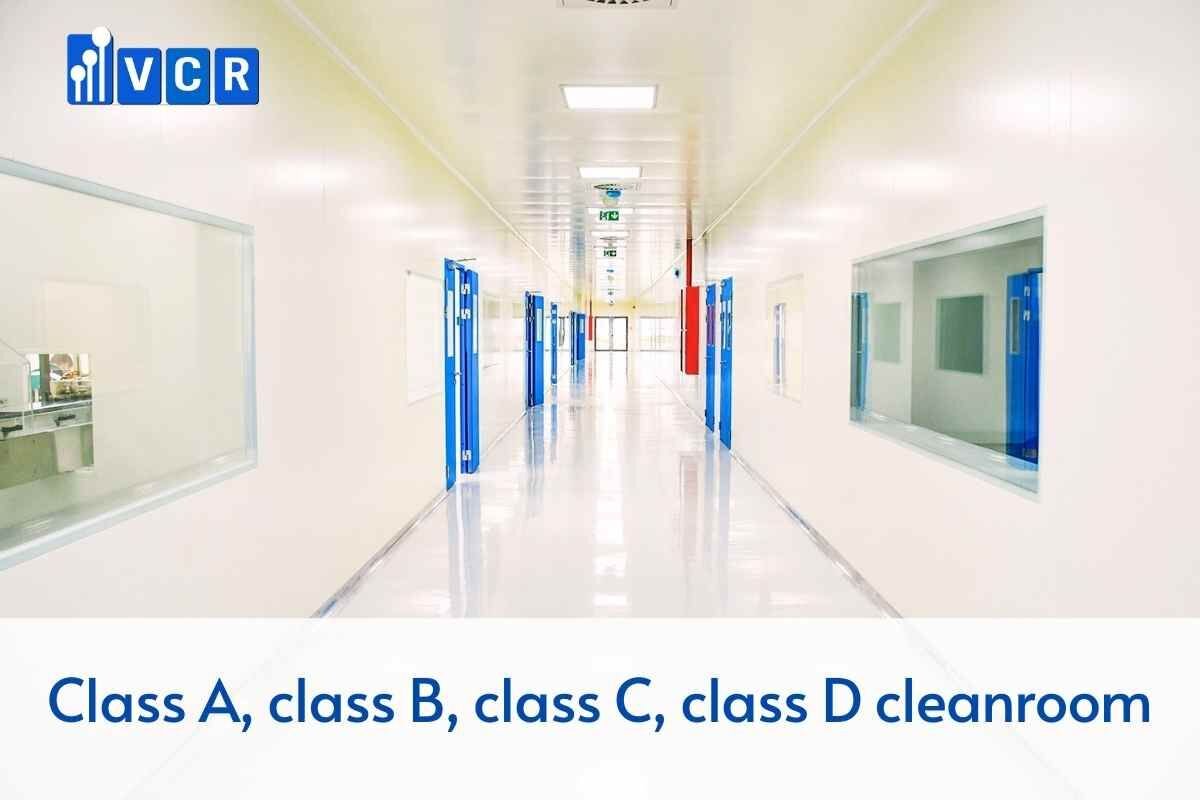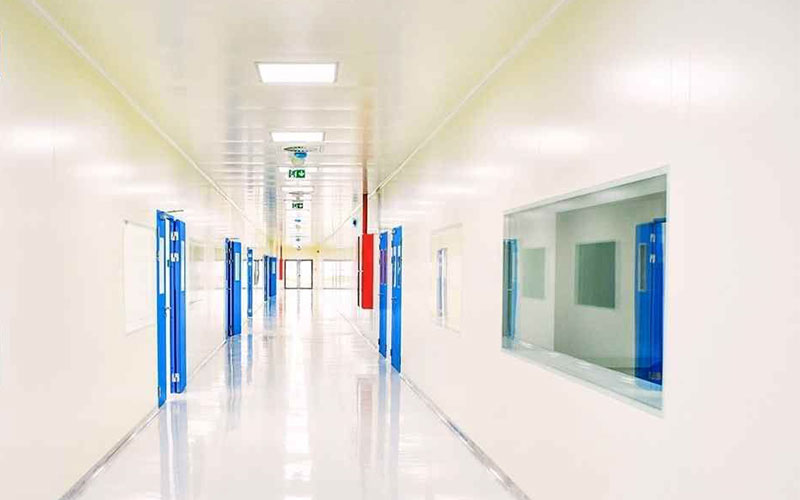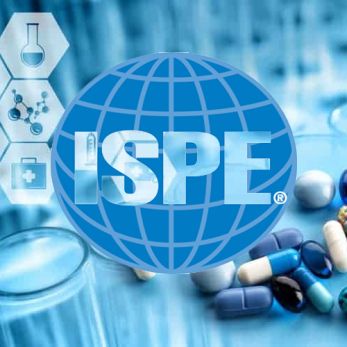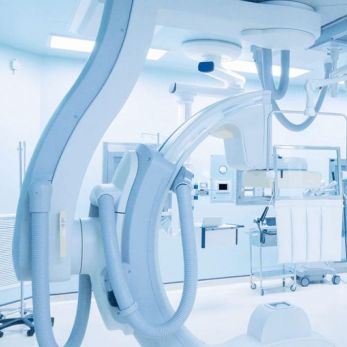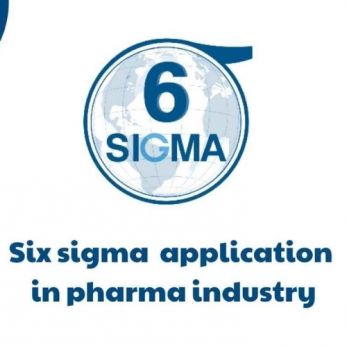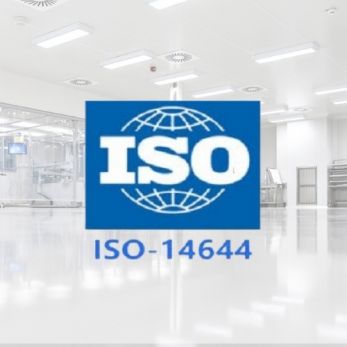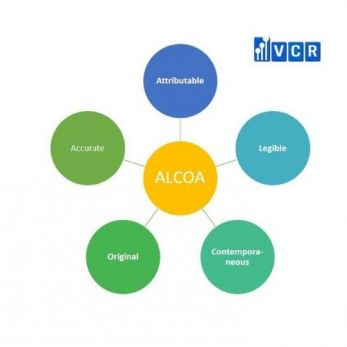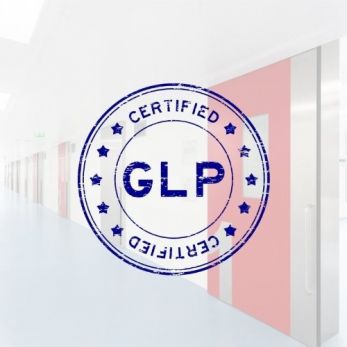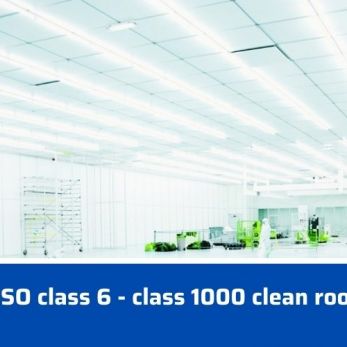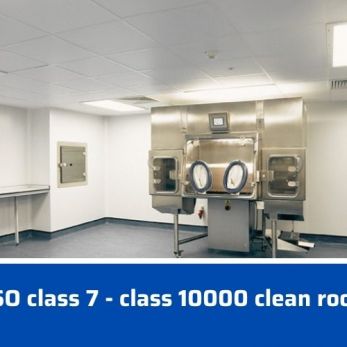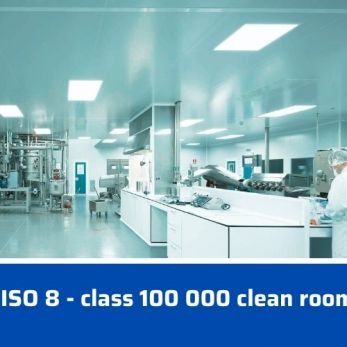Class A, class B, class C, class D cleanroom
What is class A, class B, class C, class D cleanroom? Vietnam Cleanroom will answer the question in this article. Let’s find out! 1. Cleanroom classification Class A, class B, class C, class D cleanroom refer to cleanroom cleanliness requirements for
What is class A, class B, class C, class D cleanroom? Vietnam Cleanroom will answer the question in this article. Let’s find out!
1. Cleanroom classification
- Class A, class B, class C, class D cleanrooms refer to cleanroom cleanliness requirements for the pharmaceutical industry in European and some Asian countries.
- The classification is contained in “Revision of the Annex to the EU Guide to Good Manufacturing Practice-Manufacture of Sterile Medicinal Products.”
- According to EU GMP guidelines, cleanroom class A is the cleanest and class D cleanroom is the least “clean”. Although class D cleanroom is classified as the least “clean”, it is cleaner than a regular room.
- EU-GMP classifies cleanrooms based on the number and size of particles per unit volume of air in 2 conditions: in-operation (during manufacturing process) and at-rest (when the manufacturing process is not carried out, but the air handling unit is operating)
| Class | Maximum particles/m3 | |||
| At rest (b) | In operation | |||
| ≥0.5 μm | ≥5 μm | ≥0.5 μm | ≥5 μm | |
| Class A cleanroom | 3520 | 20 | 3520 | 20 |
| Class B cleanroom (a) | 3520 | 29 | 352000 | 2900 |
| Class C cleanroom (a) | 352000 | 2900 | 3520000 | 29000 |
| Class D cleanroom (a) | 3520000 | 29000 | Not defined (c) | Not defined (c) |
Notes:
(a) In order to reach the B, C and D air grades, the number of air changes should be related to the size of the room and the equipment and personnel present in the room. The air system should be provided with appropriate filters such as HEPA for grades A, B and C.
(b) The guidance given for the maximum permitted number of particles in the “at rest” condition corresponds approximately to the US Federal Standard 209E and the ISO classifications.
(c) The requirement and limit for this area will depend on the nature of the operations carried out.
- These grades can be related to ISO classes, as you can see below:
- Under at-rest condition:
| EU GMP | Class A | Class B | Class C | Class D |
| ISO 14644-1 | ISO 5 | ISO 5 | ISO 7 | ISO 8 |
- Under in-operation condition:
| EU GMP | Class A | Class B | Class C | Class D |
| ISO 14644-1 | ISO 5 | ISO 7 | ISO 8 | ISO 9 |
2. Class A, class B, class C, class D cleanroom
Class A cleanroom
Class A is super clean class.
Class A cleanroom is used for high-risk activities, such as filling, making aseptic connections, …
Such areas are provided with laminar airflow with an air velocity of 0.45 m/s +/- 20%
Grade A measured via ≥0.5 μm particles
Airborne particle count limits at ≥0.5 μm particle size in 2 conditions (in-operation and at-rest) are the same (= 3500)
Class B cleanroom
Class B is very clean class.
Class B cleanroom provides the background environment for class A zone, in case of aseptic preparation and filling.
Class B cleanrooms must have less than 3500 particles ≥0.5 μm at rest and less than 350 000 particles ≥0.5 μm in operation. In operation process, only 2000 particles at 5 μm are permitted in grade B cleanroom.
Class C cleanroom
Class C is a common clean class.
Class C cleanroom is used for carrying out less critical tasks in the manufacture of sterile products like preparation of solutions to be filtered and component handling.
The maximum permitted number of particles at ≥0.5 μm and 5 μm at rest are 350 000 and 2000 respectively. In operation, grade C cleanroom must have less than 3 500 000 particles ≥0.5 μm and less than 20 000 particles 5 μm.
Class D cleanroom
Class D is another common clean class.
Class D cleanroom is used for handling components after washing and plasma stripping.
Class D is measured in the at-rest state only. It must have less than 3 500 000 particles ≥0.5 μm and less than 20 000 particles 5 μm.
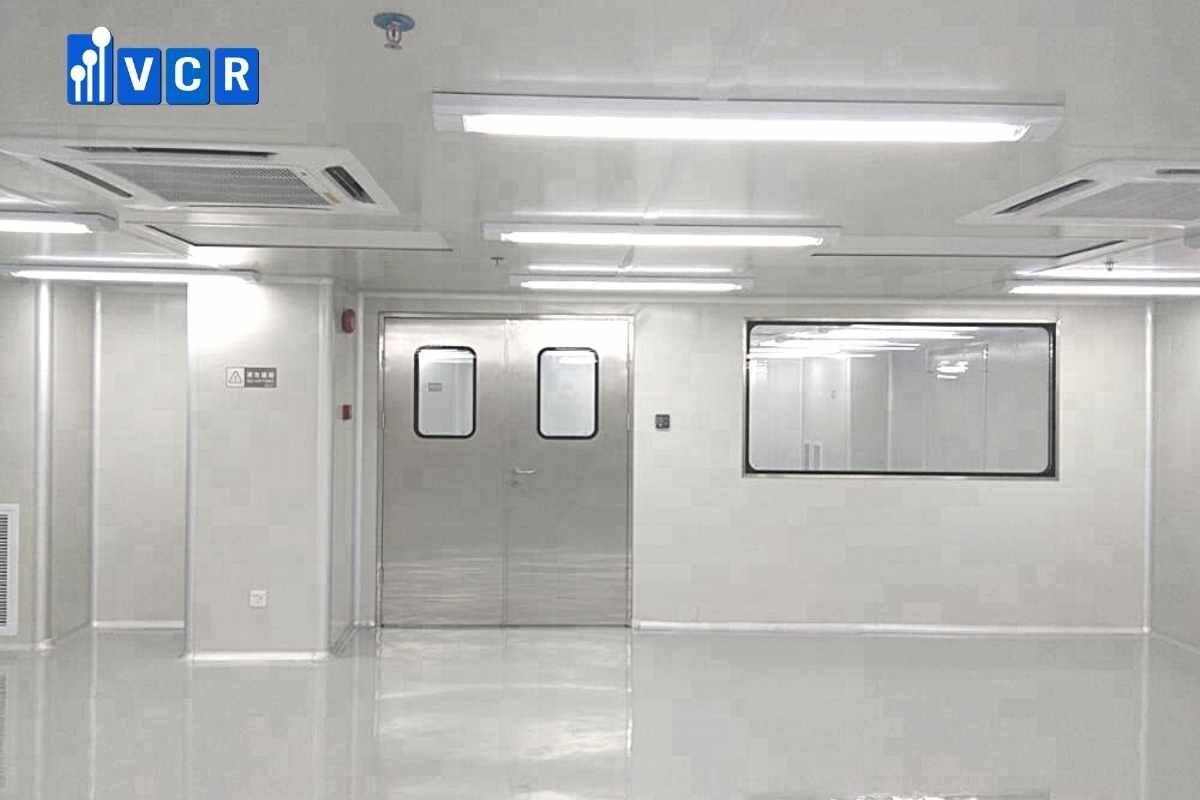
3. Operations in class A, class B, class C, class D cleanrooms
Blow-Fill-Seal technology
- Blow-Fill-Seal equipment for aseptic production may be installed in class C environment at least.
- Blow-Fill-Seal equipment for terminally sterilized production should be installed in class D environment at least.
Terminally sterilized products
- Preparation of components and products should be done in class D environment at least to ensure low risk of microbial and particle contamination.
- In case of unusual risk to the product due to microbial contamination (e.g. The product is held for a long period before sterilization), preparation should be done in class C environment.
- Terminally sterilized products should be filled in at least class C environment.
- When there is a risk to the product (e.g the filling operation is slow), the filling should be done in class A cleanroom with class C background. Preparation and filling of ointments, creams,…should be done in class C environment before terminal sterilization.
Aseptic preparation
- Components after washing should be handled in class D environment.
- Preparation of sterile-filtered solutions should be done in class C cleanroom.
- If the solutions are not filtered, the preparation of products should be handled in class A environment with class B background.
